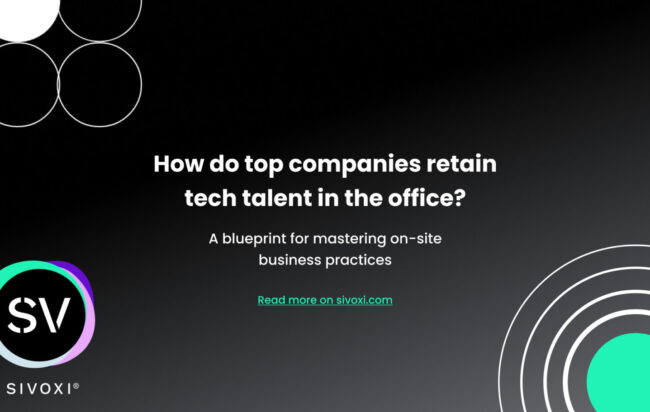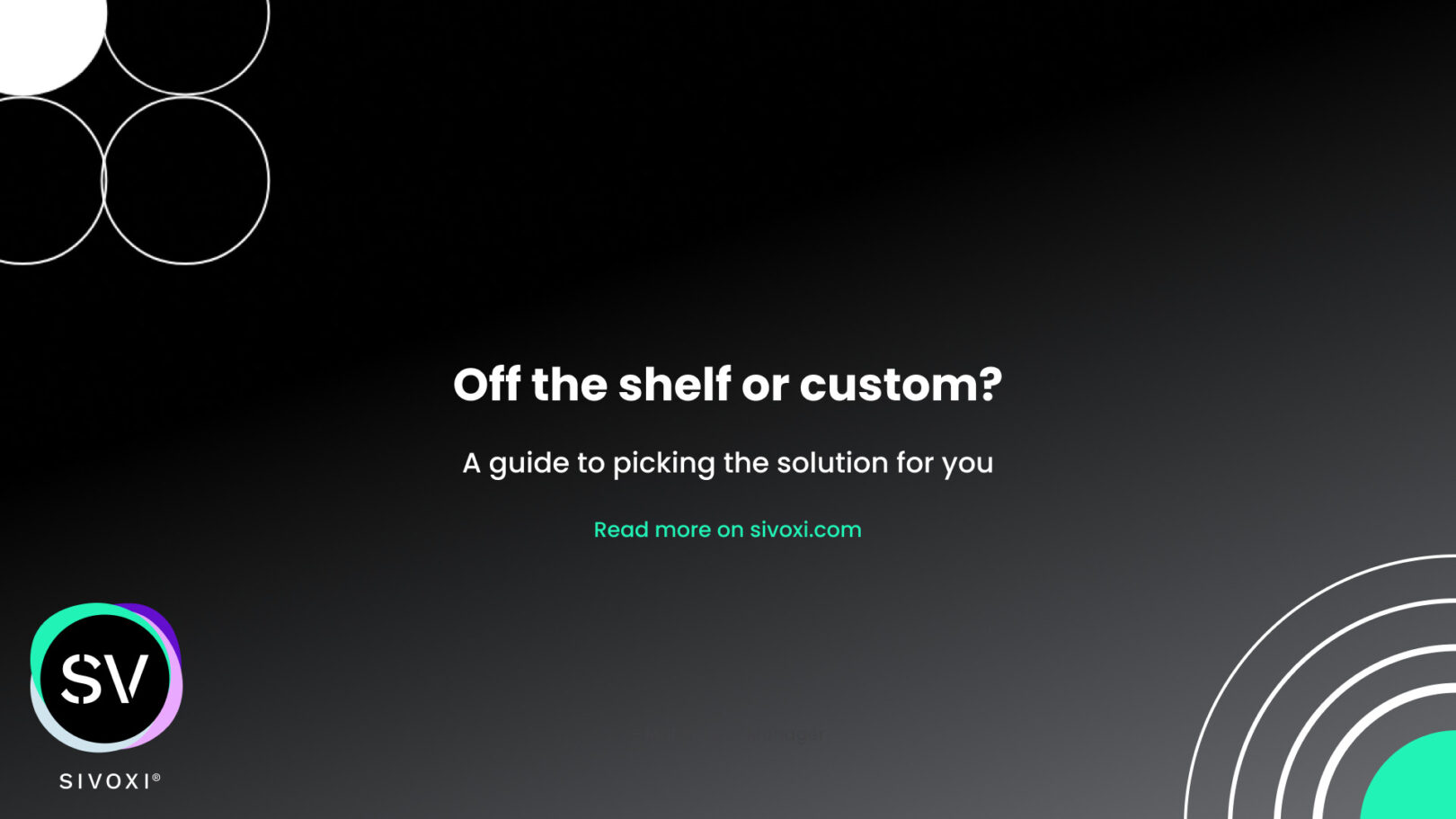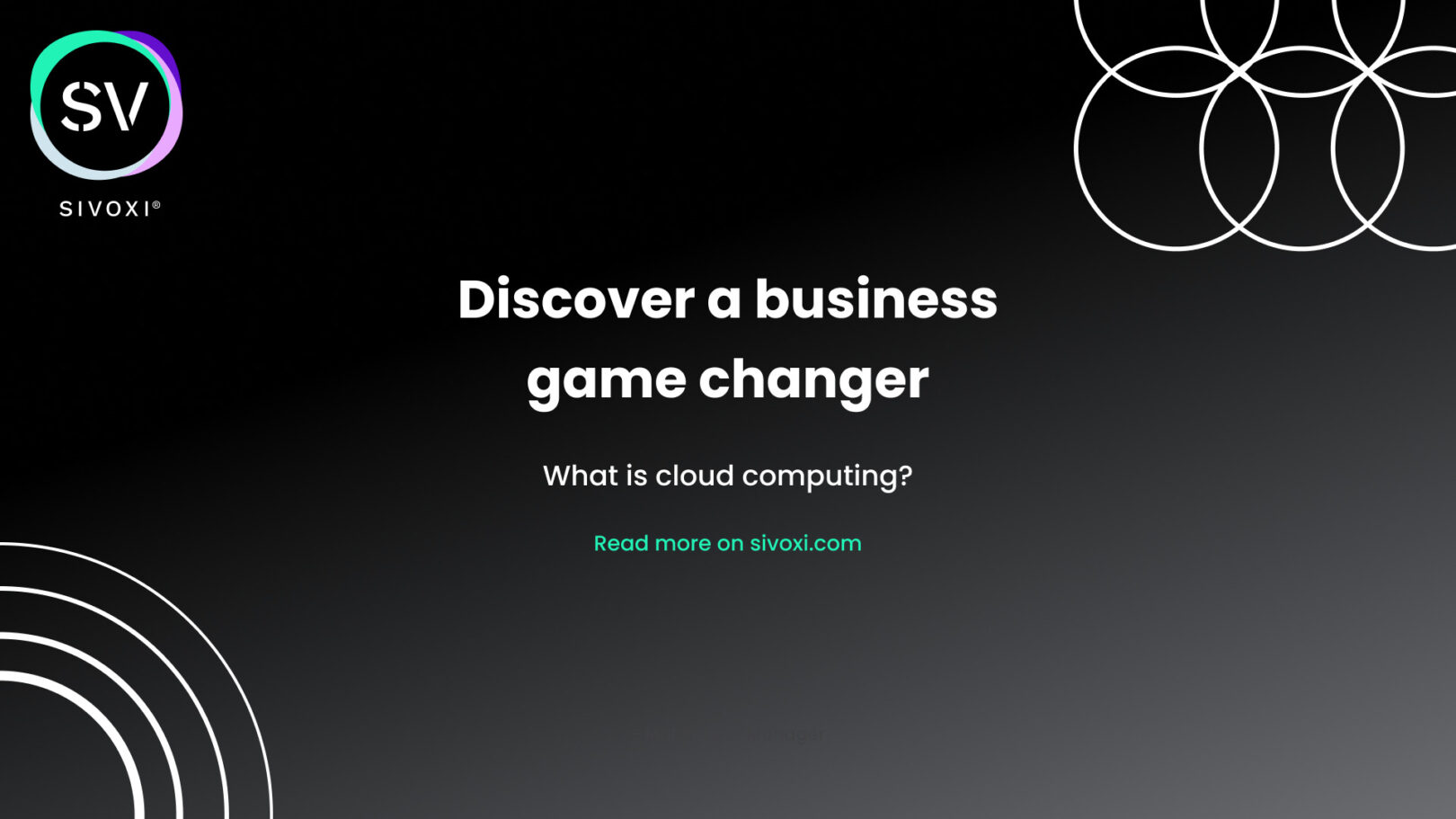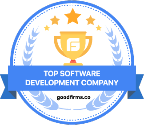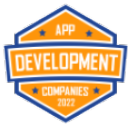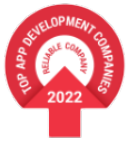The Power of In-Person: Nurturing a Collaborative Environment
In the evolving landscape of the tech industry, where digital communication and remote work have become the norm, the value of in-person interactions cannot be overstated.
The essence of collaboration, spontaneous idea generation, and the formation of strong interpersonal connections thrive within physical spaces.
As tech companies seek to gain and retain top talent, creating a collaborative environment through on-site practices emerges as a pivotal strategy.
An article by the Society for Human Resource Management (SHRM) emphasizes that creating and sustaining high-performing teams requires a mix of in-person and remote collaboration1. Here’s how tech companies are harnessing the power of in-person dynamics:
Agile Workspaces: Encouraging Creativity and Camaraderie
Modern tech workplaces are thoughtfully designed to promote creativity and teamwork.
The design of the physical workspace plays a crucial role in shaping employee interactions and fostering creativity. Google, a pioneer in innovative office layouts, has revolutionized the concept of the workplace. Its sprawling campuses boast open spaces that encourage chance encounters, stimulating conversations, and impromptu brainstorming sessions1.
These agile workspaces break down the barriers that typically separate departments, encouraging cross-functional collaboration and the free flow of ideas.
By providing flexible and adaptable work areas, tech companies enable employees to choose the setting that best suits their tasks. Collaboration zones, lounges, and quiet corners coexist to accommodate different work styles and preferences.
These spaces not only facilitate teamwork but also offer employees the autonomy to shape their work environment, thereby enhancing their sense of ownership and engagement.
Team Huddles: Fostering Alignment and Accountability
Regular team meetings and huddles are fundamental to maintaining alignment among team members. While technology enables virtual meetings, in-person gatherings have an inherent advantage. The nuances of body language, facial expressions, and tone contribute to richer communication and understanding.
Microsoft, renowned for its collaboration tools, emphasizes “daily stand-ups,” brief in-person meetings where team members discuss progress and challenges1. These interactions keep everyone informed and aligned, minimizing misunderstandings that may arise in remote settings.
In-person huddles also foster a sense of accountability. The physical presence of colleagues encourages team members to actively contribute, voice concerns, and offer solutions. The spontaneous nature of these discussions often leads to the generation of novel ideas that might not emerge in the structure of virtual meetings. As tech teams navigate complex projects, in-person interactions promote effective problem-solving and informed decision-making.
Cross-Functional Collaboration: Nurturing Holistic Innovation
The tech industry thrives on the convergence of diverse skill sets and perspectives. A physical environment that facilitates cross-functional collaboration accelerates innovation by bringing together professionals from different departments.
Apple’s campus design exemplifies this approach, with teams from various disciplines strategically situated in close proximity1. This physical arrangement encourages interactions that bridge gaps between hardware, software, and design, leading to holistic product development.
When employees from different domains collaborate face-to-face, they gain a deeper understanding of each other’s challenges and expertise. This shared knowledge fuels innovative solutions that cater to multiple facets of a project. It also cultivates a culture of mutual respect and appreciation for the contributions of each team member, enhancing overall team morale and cohesion.
Compelling Company Culture: A Differentiator in the Talent Market
A tech company’s culture isn’t just a backdrop; it’s a defining element that shapes the way work is done, decisions are made, and employees collaborate. Forbes Human Resources Council emphasizes that showcasing a compelling company culture is essential in attracting top tech talent1. Here’s how tech companies are excelling in this art:
Distinctive Core Values
Tech giants like Netflix have built their cultures around specific core values that guide every aspect of their operations1. Netflix’s “freedom and responsibility” culture empowers employees to make decisions and take ownership1. By highlighting core values that resonate with tech professionals’ desire for autonomy and impact, companies create a distinct identity that appeals to potential hires.
Transparency and Communication
Open communication is a cornerstone of effective company culture. Buffer, a company known for its transparent culture, practices “radical transparency,” sharing its financials, salaries, and even equity distribution publicly1. This level of openness builds trust and attracts tech talent seeking a transparent and collaborative work environment.
Employee-Centric Policies
Showcasing policies that prioritize employee well-being and growth sends a strong message to potential hires. Adobe’s “Kickbox” program, which offers employees funding to pursue their passion projects, demonstrates the company’s commitment to nurturing innovation and creativity1. Such policies highlight a culture that invests in its employees’ personal and professional development
Learning and Development Opportunities: Fuelling Continuous Growth
Tech professionals are intrinsically driven by growth and learning opportunities. To attract and retain top talent, tech companies are emphasizing avenues for ongoing development. According to the LinkedIn article, learning initiatives are central to tech companies’ attraction strategies2. Here’s how they’re making it happen:
Structured Training Programs
Tech companies like Amazon offer structured training programs that equip employees with essential skills for their roles2. The “Career Choice” program, where Amazon pre-pays tuition for in-demand fields, underscores the company’s commitment to employee growth2. This attracts talent looking for employers invested in their development.
Encouraging Innovation
Top tech talent craves an environment that encourages creative exploration. Google’s famous “20% time” policy, which allows employees to dedicate a portion of their work hours to personal projects, underscores the company’s dedication to fostering innovation2. This culture of innovation resonates with tech professionals keen on contributing beyond their assigned roles.
Professional Development Pathways
LinkedIn highlights how tech companies like IBM are offering clear pathways for career progression2. Programs like IBM’s “Career Frameworks” provide detailed roadmaps for advancement, outlining the skills and competencies needed at each stage2. This approach not only attracts ambitious talent but also ensures employees have a clear vision for their growth within the company.
Innovative Projects: Fuelling Passion and Impact
Tech talent is drawn to projects that challenge their skills and offer opportunities to make a meaningful impact. Forbes Human Resources Council underlines the importance of showcasing innovative projects as part of the talent attraction strategy1. Here’s how tech companies are using this approach:
Highlighting Impactful Initiatives
Tech companies like Facebook showcase their impact on global challenges to attract talent that wants to drive change1. Highlighting projects that tackle real-world problems resonates with tech professionals who want their work to make a difference.
Personalizing Roles
Highlighting how a role contributes to larger projects appeals to tech talent seeking purposeful careers. Google’s recruitment efforts often focus on how candidates’ expertise can contribute to projects with societal impact1. This personalization makes candidates feel their skills are valued and integral to the company’s success.
Hackathons and Challenges
Tech companies often use hackathons and innovation challenges to showcase their commitment to creative problem-solving1. These initiatives provide potential hires with a taste of the exciting and collaborative work environment they can expect.
The Heart of Retention: Nurturing Employee Growth
Tech professionals thrive on challenges and opportunities to innovate. Companies that provide avenues for creative exploration and innovation often experience higher employee retention rates. As noted in the LinkedIn article, hackathons and innovation challenges are central to this strategy1. Here’s how they’re making a difference:
Hands-On Learning
Tech companies organize hackathons that allow employees to work on projects outside their regular roles1. This hands-on experience enhances their skills, fosters cross-team collaboration and fuels a sense of ownership over their work.
Collaborative Environment
Hackathons create a unique collaborative environment where employees from diverse departments come together to solve problems1. This cross-functional interaction nurtures a sense of camaraderie and shared purpose.
Recognition and Rewards
Recognizing and rewarding innovative ideas from hackathons and challenges motivate employees to engage actively and contribute their best efforts1. This recognition reinforces a culture of innovation and encourages employees to stay invested in their roles.
Hackathons and Innovation Challenges: Igniting Passion for Innovation
Tech professionals thrive on challenges and opportunities to innovate. Companies that provide avenues for creative exploration and innovation often experience higher employee retention rates. As noted in the LinkedIn article, hackathons and innovation challenges are central to this strategy1. Here’s how they’re making a difference:
Hands-On Learning
Tech companies organize hackathons that allow employees to work on projects outside their regular roles1. This hands-on experience enhances their skills, fosters cross-team collaboration and fuels a sense of ownership over their work.
Collaborative Environment
Hackathons create a unique collaborative environment where employees from diverse departments come together to solve problems1. This cross-functional interaction nurtures a sense of camaraderie and shared purpose.
Recognition and Rewards
Recognizing and rewarding innovative ideas from hackathons and challenges motivate employees to engage actively and contribute their best efforts1. This recognition reinforces a culture of innovation and encourages employees to stay invested in their roles.
Mentorship and Coaching: Nurturing Potential
The value of mentorship and coaching in nurturing employee growth cannot be overstated. Tech professionals often seek guidance and support from experienced individuals who can provide insights and direction for their careers. An article on LinkedIn highlights the significance of these approaches in the tech industry1. Here’s how they’re being leveraged:
One-on-One Guidance
Companies like Microsoft offer formal mentorship programs that pair junior employees with seasoned mentors1. These relationships provide valuable insights into career development, technical skills, and personal growth.
Skill Enhancement
Mentors often play a crucial role in helping employees identify skill gaps and opportunities for growth1. This targeted guidance ensures that employees are continually developing relevant skills that align with industry trends.
Cultivating Leadership
Mentorship programs are often a stepping stone to leadership roles. Guidance from experienced mentors equips employees with the skills and insights required to transition into more senior positions1.
References:
1 “Creating and Sustaining High-Performing Teams in a Remote Work Environment.” SHRM. Source (https://www.shrm.org/resourcesandtools/hr-topics/organizational-and-employee-development/pages/creating-and-sustaining-high-performing-teams-in-a-remote-work-environment.aspx)
2. Ablorde Ashigbi. “Three Ways to Attract and Retain Top Tech Talent.” Forbes Human Resources Council. 2021. Source (https://www.forbes.com/sites/forbeshumanresourcescouncil/2021/10/22/three-ways-to-attract-and-retain-top-tech-talent/?sh=2b9a76967956)
3.”How Tech Companies Keep Their Engineers Growing.” LinkedIn. Source (https://www.linkedin.com/business/talent/blog)


